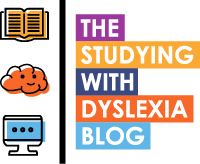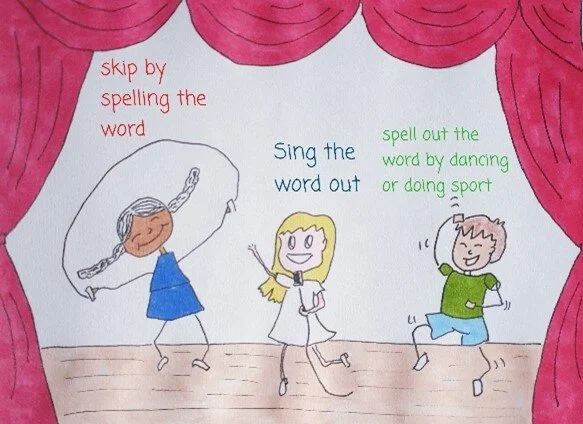Never before has a child experienced such a mix of learning in school as well as at home! Zoe Pennant shares her top three strategies for helping a child to learn spellings that work at home and at school.
Dyslexia and other neurological conditions operate from the mind therefore the brain can be wired differently to address the challenges that come with being dyslexic and this includes effectively learning spellings.
I realised that dyslexic children work with the creative side of their brains most of the time, if you are giving them instructions or explaining to them about a topic they have to do, processing the information can be difficult for them, they may forget what you have just said, they may absorb the information however when needing to write something down on paper their mind may go blank. This is no different when children have to learn spellings.
Using creative spelling to activate visual memory.
Creative spelling is something that is vital to the visual memory as the working memory is a cognitive system that holds memory and keeps the attention span moving forward if a dyslexic brain is not stimulated creatively, the working memory seems to stay asleep however if the visual memory is activated (our creativity side) the working memory is then able to wake up.
I want to share with you three ways that can help to wake up a child’s working memory when learning spellings.
Three ways to improve spellings and visual memory
Spellings are one of the things that children find difficult when it comes to remembering, if they can’t see the words in their minds they are not going to remember, here I have given 3 strategies that can be used to strengthen children’s working memory by using visual formats.
1. Make spelling fun and visual.
Create a short story that a child will be interested in and add the spellings in the story, then highlight the words for the child to practise example below:
Spellings:
This will allow the visual memory to visualise the words, helping children to remember.
2. Act out the spellings through roleplay.
By acting, singing, or playing with words, children can learn to spell words using movement and their creativity at the same time.
Acting, singing and playing with words: Movement and creative activities can help a child to remember their spellings.
3. Use a child’s interest to create learning resources that engage the child and activate their working memory.
Using resources related to what a child is interested in can help with learning spellings.
Using a child’s particular interest to create learning resources that engage them also help them to remember their spellings. A good example could be a child who loves football. You could write the words that they need to learn to spell on a picture of a football or maybe on an actual football! This makes the task fun and allows the working memory to remember in a different way.
Why do these strategies work?
As one of the signs of a child having dyslexia is a challenge with remembering. We must find other creative ways for them to remember i.e take a multi-sensory approach to learning spellings. The strategies outlined above are some easy to use tools that can be used to activate the working memory.
Why not give them a try…?









